Lending credence to rumors of a cylindrical "Siri speaker," Apple on Tuesday was granted a patent covering the operating design of a component-rich tubular device, and methods for manufacturing the same.
As published by the U.S. Patent and Trademark Office, Apple's U.S. Patent No. 9,651,999 for an "Electronic device with radially deployed components" details a method of mounting multiple components attached to a cylindrical carrier, which is consequently installed in a similarly shaped housing.
While the IP appears to cover existing products like the Mac Pro, embodiments contained within are more suitable to smaller, sealed devices like a rumored "Siri speaker" thought to debut as soon as next month.
Specifically, the invention outlines techniques by which touch displays, microphones, accelerometers, gyroscopes, sensors, speakers, lights and other electronics are seated on specially designed support structures. To be mounted within the interior cavity of a cylindrical device housing, these carriers act as the undergirding for a variety of electronic components.
Importantly, assembly methods allow the various components to lie flush or nearly flush with a cylindrical casing, which in some cases may feature openings disposed above certain parts. For example, mesh grills might be installed for speakers and microphones, while glass or plastic covers protect onboard displays.
Integral to the filing is the methodology of deploying said components into their respective final mounted positions. Apple describes a number of techniques for radially deploying components and component structures, or moving components outward toward the device housing. In all cases, a support structure or component is aligned within the housing, then translated or pushed into position.
The process can be carried out using a variety of methods, including screws, ramp structures, posts and special deployment tools. In most cases, a gasket surrounds the operating component to seal it against the housing wall, though gaps might remain for acoustics or airflow.
The patent in some ways applies to the design of Apple's Mac Pro, which deposits its operating components on a unique triangular heat sink hidden beneath a sleek cylindrical aluminum housing. Unlike the methods detailed in today's invention, the Mac Pro when covered only seals off certain points. This ensures critical electronics receive adequate airflow, while leaving leeway for users to remove the housing for maintenance.
Identical manufacturing techniques might also be applied to Apple's anticipated Siri-powered home speaker, which is rumored to sport a cylindrical design akin to the Mac Pro. Expected to debut as a rival to existing voice-first virtual assistants like Amazon's Echo product line, the supposed device might make an appearance at WWDC in June.
Along with stellar acoustics and Siri smarts, the supposed device is rumored to boast AirPlay technology, Apple's W1 chip and a custom A-series processor.
In a recent note to investors, analyst Ming-Chi Kuo said he expects the device to integrate some type of dedicated "touch panel" alongside basic physical controls. Whether that means a touch sensitive display like the recently announced Amazon Echo Show, or simple capacitive buttons, is unclear.
Apple's cylindrical device patent was first applied for in May 2015 and credits Phillip Michael Hobson, Nathan P. Bosscher, John J. Baker, Craig M. Stanley and Brad G. Boozer as its inventors.
 Mikey Campbell
Mikey Campbell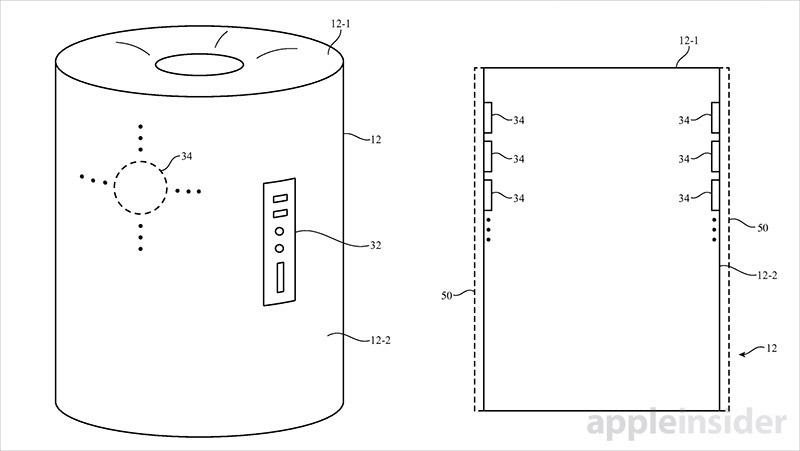

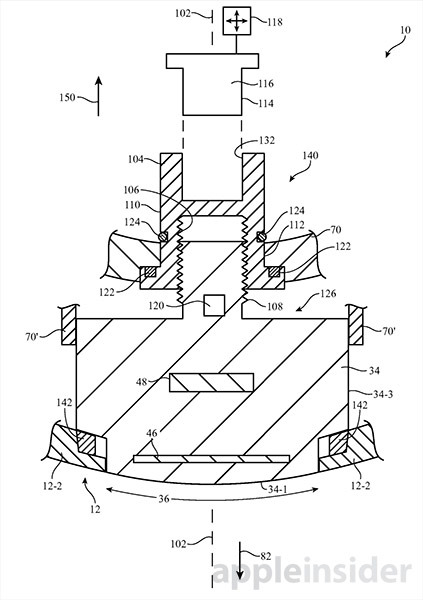
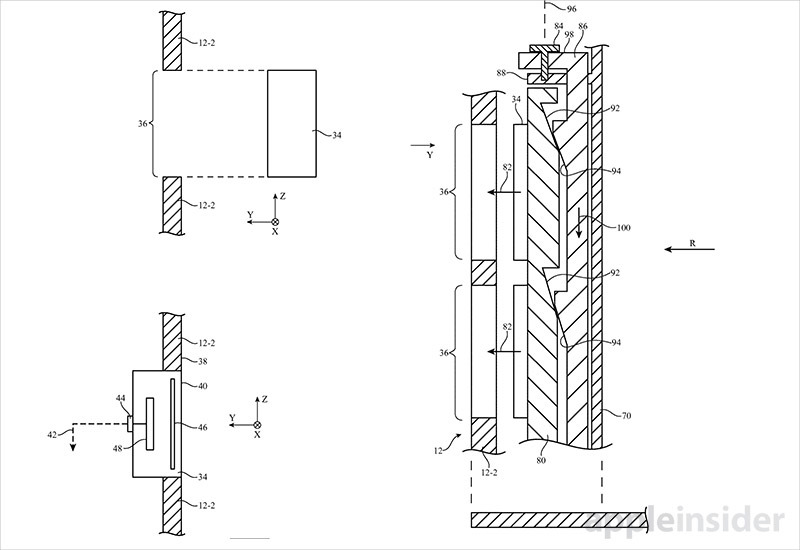







-m.jpg)






 Malcolm Owen
Malcolm Owen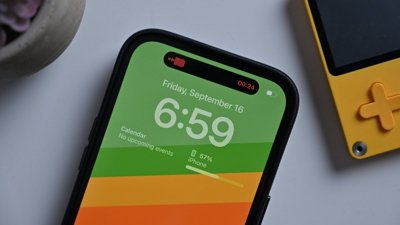
 Marko Zivkovic
Marko Zivkovic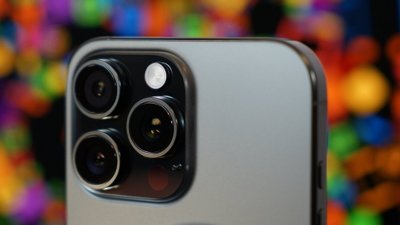
 Wesley Hilliard
Wesley Hilliard
 Christine McKee
Christine McKee

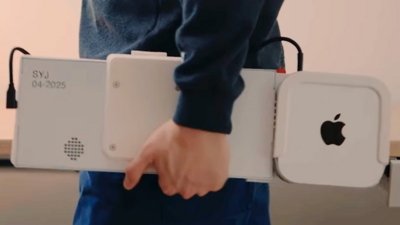
 William Gallagher
William Gallagher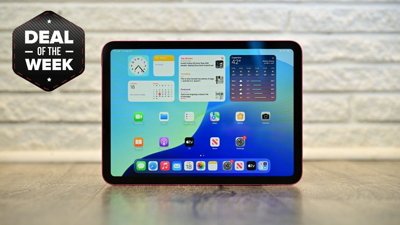





-m.jpg)




17 Comments
No, no. It's the new Mac. Pro. :D !
Isn't Siri still in beta?
My hope is that the "Siri device" doubles as some sort of next-generation Airport mesh router. The size and placement of these units would have a great deal of overlap.
Accelerators? Maybe the new iPhone is swallowable? Blue or red iPill? :)